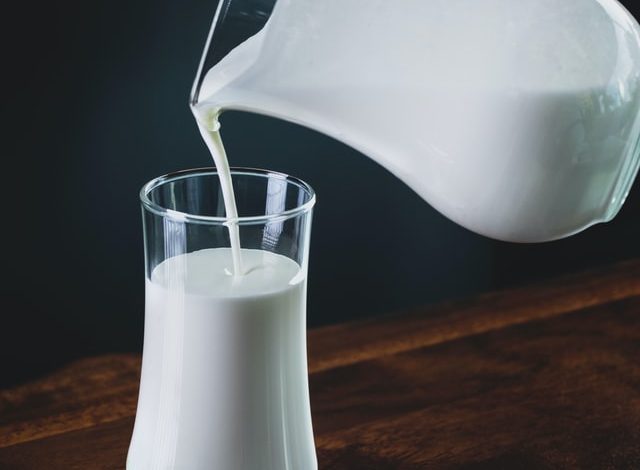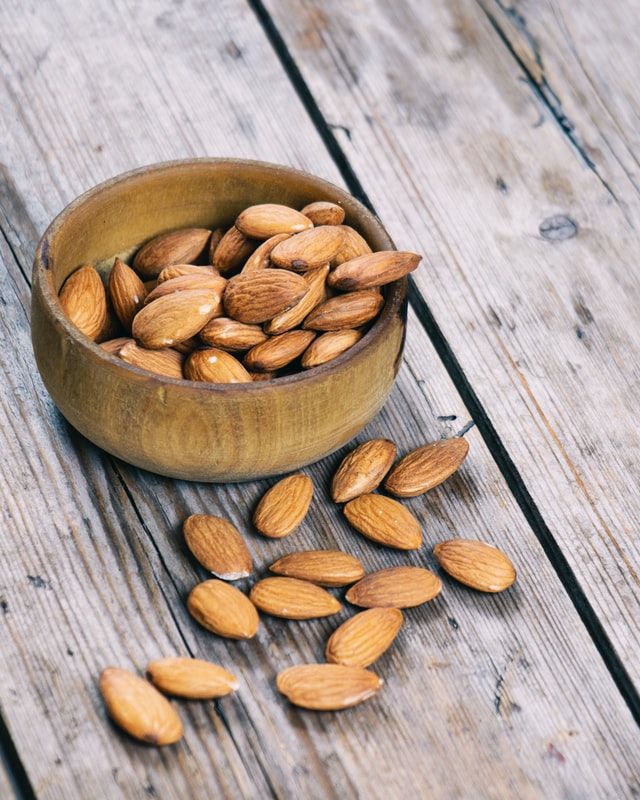
Analyzing Milk Options: Coconut, Dairy, Soy, Rice, Cashew, and Almond
Alternatives to drinking dairy milk almost seem endless, which is great because there are so many different reasons that consumers choose or require dairy alternatives. Taste, nutrients, health benefits, and more all vary between the different milk varieties. Below, we’ll review the differences and benefits of five popular milk options and compare why one may be chosen over another in any given situation.
Why Alternative Milks Are Chosen
Milk is an important all-around ingredient. Whether from cows, goats, or other animal, dairy milk is often the default milk selected by consumers; however, other plant-based milk alternatives have become increasingly popular for various reasons:
- Nutritional – Nutrients vary widely between milk options. Consumers will often make milk selections based on the nutrients they are currently prioritizing in their diet.
- Health – Some health conditions, such as high cholesterol or diabetes, can lead to a need for different milk options.
- Allergens – For some consumers, drinking some milks simply isn’t an option due to various allergens present.
- Taste – Sometimes, milk choice simply comes down to taste. The variance of taste and consistency between each milk and milk alternative is pretty vast.
- Ethics – Some people, such as those who follow a vegan diet, don’t drink animal milk for ethical reasons.

Whole Dairy Milk
Average Nutritional Content: 30 percent calcium, 25 percent vitamin D, calories 150, protein 8 grams, sugar 12 grams, fat 8 grams, saturated fat 5 grams
The most popular milk option worldwide is dairy milk. Dairy milk is mainly obtained through milking animals such as cows and goats. While dairy milk is generally pretty well-rounded with vitamins and nutrients, it is often high in sugar, fat, and calories, making it a poor choice for many consumers. There are also people who will not consume milk derived from animals for ethical reasons.
Regular Almond Milk
Average Nutritional Content: 45 percent calcium, 25 percent vitamin D, calories 60, protein 1 grams, sugar 7 grams, fat 2.5 grams, saturated fat 0 grams
Almond milk is one of the most well-known and selected milk alternatives. The production of almond milk is done through the combination of ground almonds, milk, sugar, and thickening agents. While almond milk does have the benefits of being naturally lower in fat and calories than dairy milk, it won’t be an option for those with nut allergies. Almond milk also lacks as a source of protein.
Regular Soy Milk
Average Nutritional Content: 45 percent calcium, 30 percent vitamin D, calories 110, protein 8 grams, sugar 6 grams, fat 4.5 grams, saturated fat .5 grams
Ground processed soybeans are mixed with water and thickening agents to make soy milk. Soy milk has the benefit of being low in fat, low calorie, and free of cholesterol. There are also high amounts of vitamins A, B-12, and D in soy milk. Allergen to soy can be common, unfortunately, eliminating soy milk as an option for many consumers.
Regular Rice Milk
Average Nutritional Content: 30 percent calcium, 25 percent vitamin D, calories 120, protein 1 grams, sugar 10 grams, fat 2.5 grams, saturated fat 0 grams
Rice milk is often selected for its ability to meet allergen requirements for the majority of milk drinkers; it’s often chosen as a top dairy milk alternative choice for those who have soy, dairy, and nut allergies. Rice milk is not a natural contributor of protein or vitamins; however, many manufacturers will fortify their rice milk products with vitamin additives. While low in fat, rice milk is higher in carbohydrates and can also present potential health problems if consumed too often due to arsenic rice.
Regular Coconut Milk
Average Nutritional Content: 10 percent calcium, 30 percent vitamin D, calories 70, protein 0 grams, sugar 7 grams, fat 4.5 grams, saturated fat 4 grams
Coconut milk has gained in popularity in recent years. Comprised out of water and coconut cream, coconut milk is safe for most to consume, unless they have a direct allergy to coconuts. This milk alternative is lower in calories than some other options; however, it is not a good source of protein or other vitamins unless fortified by the manufacturer. Coconut milk is the base for many drinks and food recipes. However, it tends to be waterier than other milk options and thus limited in many conventional milk uses.
Regular Cashew Milk
Average Nutritional Content: 45 percent calcium, 25 percent vitamin D, calories 60, protein under 1 gram, sugar 7 grams, fat 2.5 grams, saturated fat 0 grams
Cashew milk might be considered one of the least popular options for dairy milk alternatives, but that doesn’t mean it’s any less healthy. In fact, cashew milk is high in protein, low in calories, and contains various essential vitamins and iron important to many consumers. Cashew milk is higher in sugar, making it a potentially poor choice for many diabetic consumers.

Other Milk Options
If none of the above milk options sound appealing, there are a few other non-dairy alternatives to choose from, although their store availability may be more scarce:
- Oat Milk – Oat milk is a dairy milk alternative comprised of oats and water. Some milk drinkers may choose this option for its high fiber content.
- Hemp Milk – Hemp seeds and water are combined to create hemp milk. Hemp milk is high in calcium and omega-3 fatty acids, making it an excellent choice for those looking to strengthen their bones, lower blood pressure, and lower cholesterol.
- Pea Milk – Pea milk is great for those seeking a high protein option for milk. Unfortunately, pea milk does not offer much in the way of vitamins or other nutrients. Still, it is a popular option for those following a vegan diet and who are seeking methods of consuming more plant-based proteins. Pea milk is not always derived from just peas and can contain other legumes.



